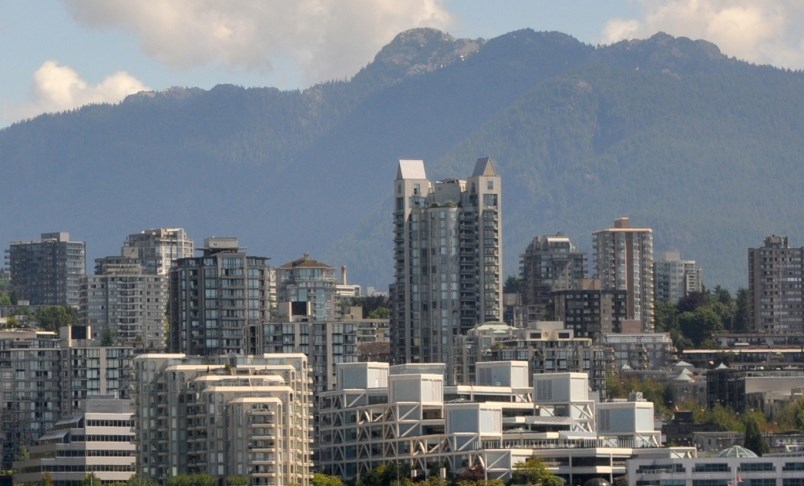A tale of two very different housing markets continued on the North Shore in the past year.
But this January, it’s the increase in the values of condominiums which have been most notable, while the hikes in values of single-family homes have been more modest.
On Tuesday, BC Assessment released its annual assessment figures detailing changes in the value of real estate across B.C.
On the North Shore, home values in the City of North Vancouver went up the most – by an average of 10 per cent - led by increases in Lonsdale area condo values.
“The strata market is the stronger market,” said Paul Borgo, deputy assessor for BC Assessment. “The single-family market is much quieter this year.”
For instance, a 2001 Central Lonsdale area condo worth $400,000 a year ago increased to $484,000 by the BC Assessment’s valuation date of July 1, 2017 – an increase of 21 per cent. A Lower Lonsdale townhouse worth $914,000 last year would be worth $994,000 today – a nine per cent increase.
The value of single-family homes remained high across the North Shore, but the increases in the past year were in the single digits, in stark contrast to the 25 to 50 per cent increases seen in the previous two years.
A 1908 heritage house in the Grand Boulevard area went up two per cent in the past year, for instance, to about $1.6 million.
That pattern was repeated throughout the North Shore. Residential property in the District of North Vancouver was up an average of four per cent in the past year. A 1971 single-family house in Lynn Valley went up six per cent to $1.7 million while an Upper Lonsdale condominium built in 1990 ballooned 18 per cent in value to $662,000.
In West Vancouver, dominated by expensive single-family homes, residential values were flat, up just over one per cent. An Ambleside single-family home built in 1948 would be up seven per cent to about $3.5 million, while a luxury home on the waterfront would actually have fallen in value by about five percent – to $5.5 million.
“It’s a more typical market than what we’ve seen in the past couple of years,” said Borgo.
Realtor Satnam Sidhu with ReMax Crest Realty said trends are the same throughout the urban areas of the Lower Mainland.
Sales of single-family homes, which “pretty well doubled” in the past four or five years are beyond what most people can afford, said Sidhu, which has driven buyers to the condo market.
New mortgage stress tests brought in by the federal government – requiring home buyers to make more money to qualify for a mortgage than they would in the past – have also dampened demand, said Sidhu, “particularly for the higher prices.”
“A lot of people won’t qualify,” he said.
In contrast, “the condo market is still very active,” he said.
Many families who would have been looking for a single-family home or a townhouse on the North Shore 10 years ago are buying condos instead, he said. Even clients who are dual-income earning professionals have been largely priced out of the single-family market, he added.
Most new homes that are being built are also being constructed with mortgage-helper suites in them, he said. “It’s the only way people can afford the homes.”
Last year, in response to the massive increase in single-family home values, the provincial government raised the threshold at which owners begin to lose the homeowners grant – bumping it from $1.2 million to $1.6 million of assessed value.
Real estate assessments for commercial and industrial property on the North Shore also rose sharply this year. In the District of North Vancouver, for instance, assessments for commercial real estate rose an average of more than 30 per cent while the value of light industrial property rose over 50 per cent.



